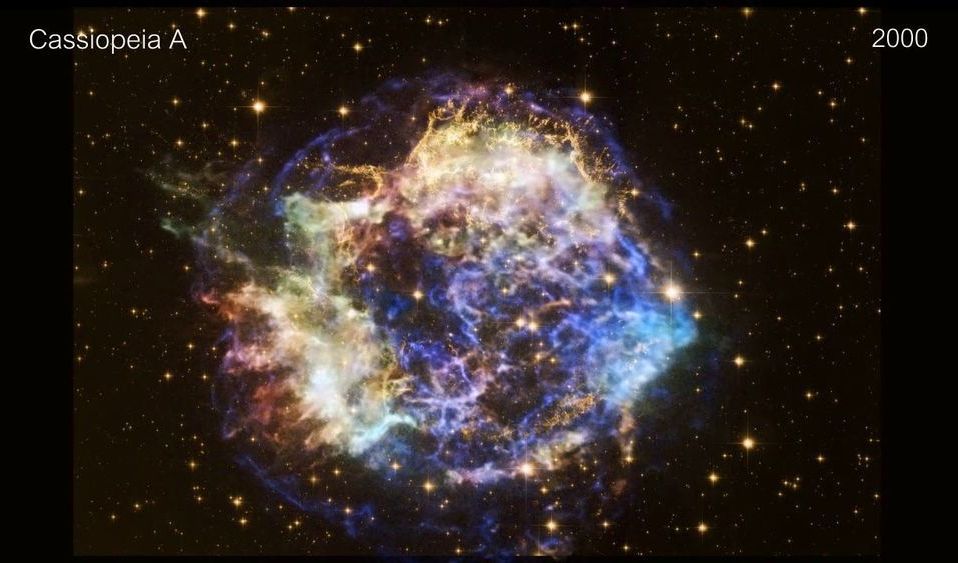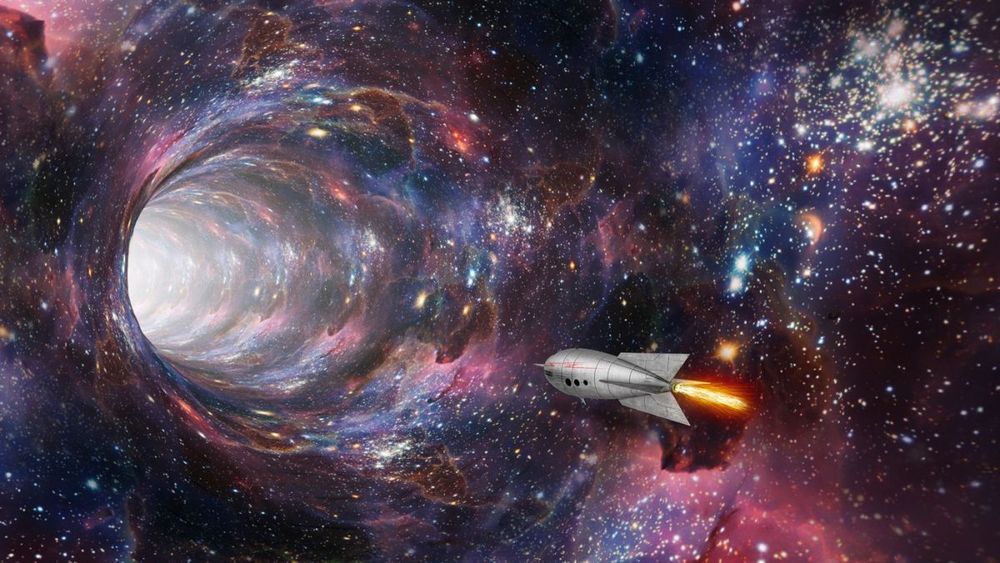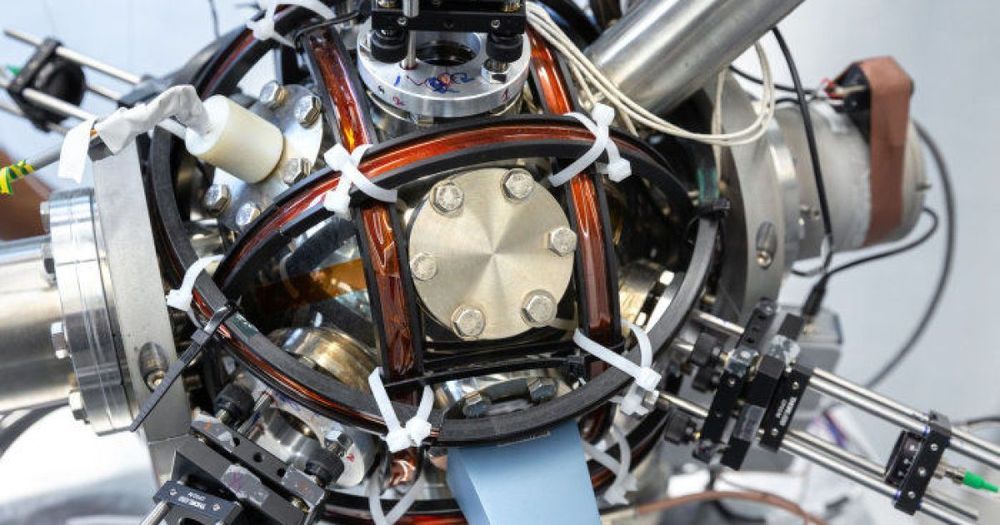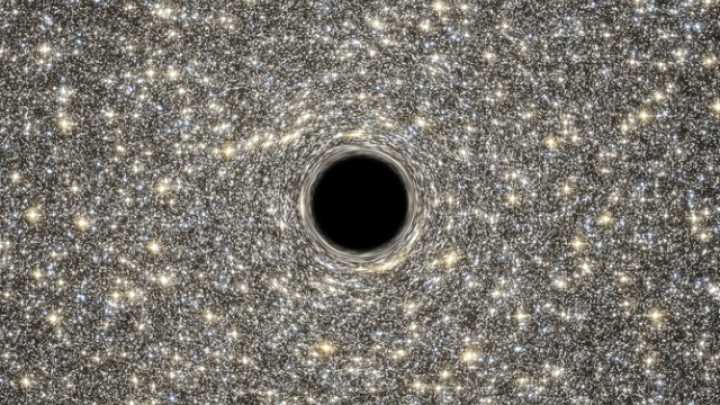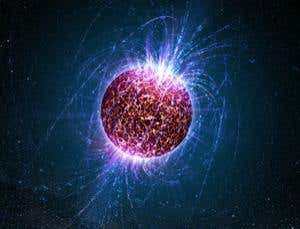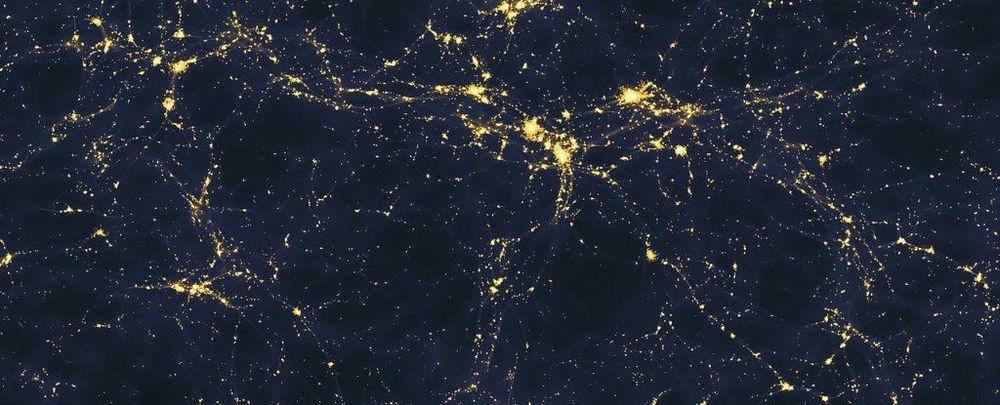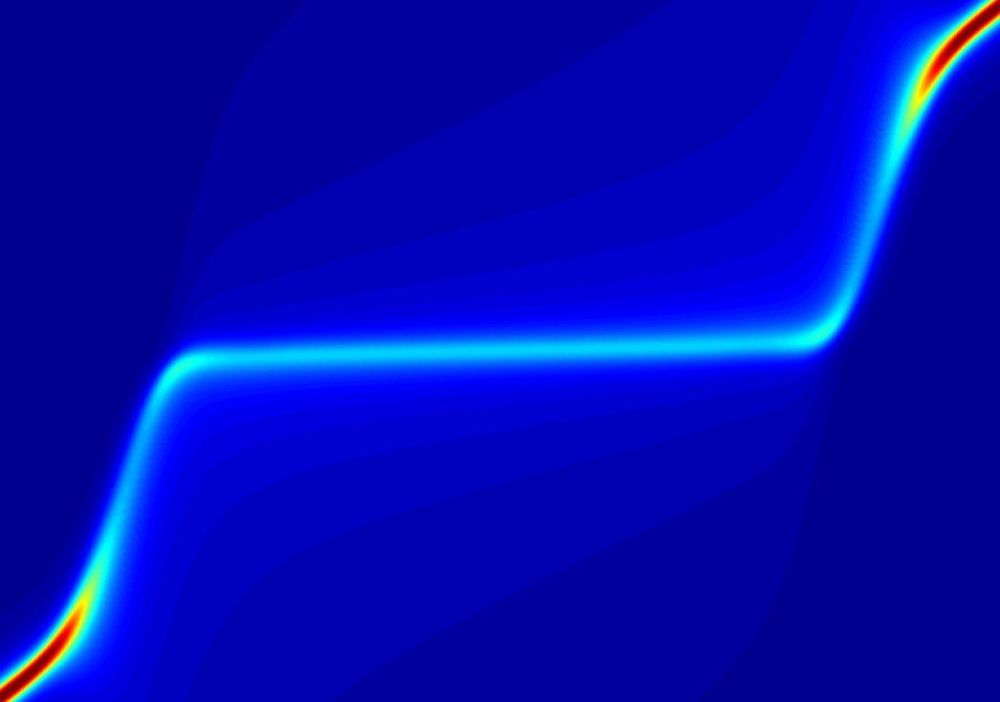
Two researchers at Harvard University, Aavishkar A. Patel and Subir Sachdev, have recently presented a new theory of a Planckian metal that could shed light on previously unknown aspects of quantum physics. Their paper, published in Physical Review Letters, introduces a lattice model of fermions that describes a Planckian metal at low temperatures (Tà 0).
Metals contain numerous electrons, which carry electric current. When physicists consider the electrical resistance of metals, they generally perceive it as arising when the flow of current-carrying electrons is interrupted or degraded due to electrons scattering off impurities or off the crystal lattice in the metal.
“This picture, put forth by Drude in 1900, gives an equation for the electrical resistance in terms of how much time electrons spend moving freely between successive collisions,” Patel told Phys.org. “The length of this time interval between collisions, called the ‘relaxation time,’ or ‘electron liftetime,’ is typically long enough in most common metals for the electrons to be defined as distinct, mobile objects to a microscopic observer, and the Drude picture works remarkably well.”
